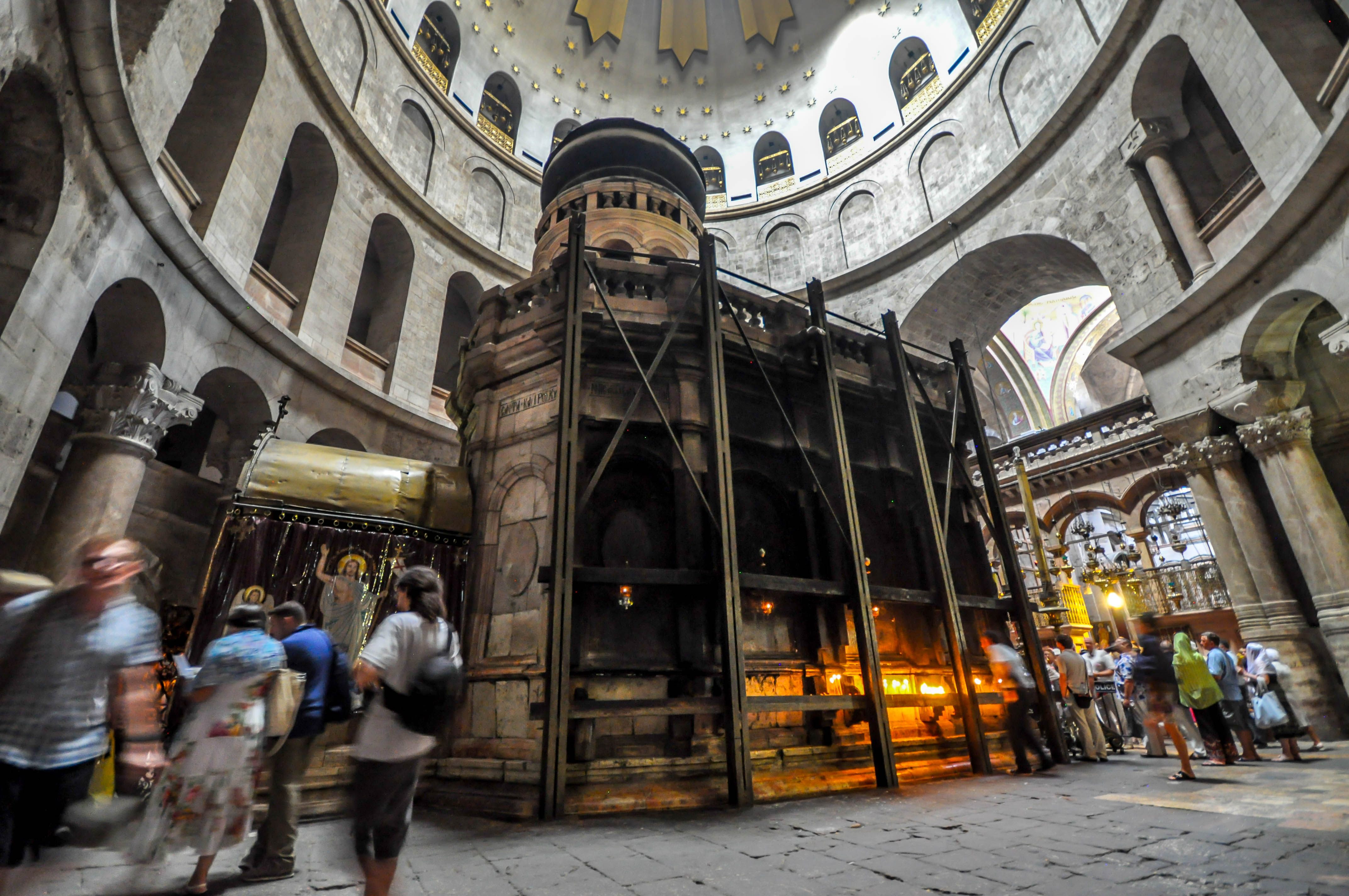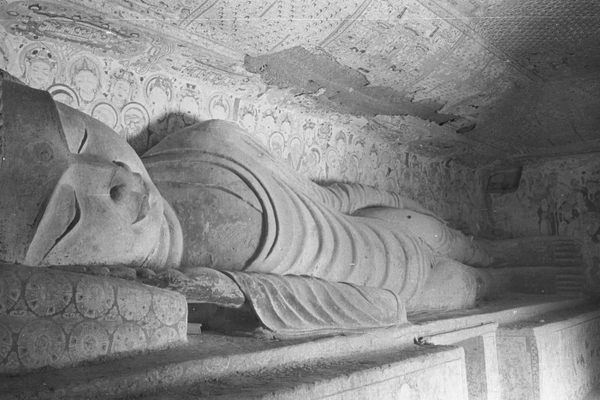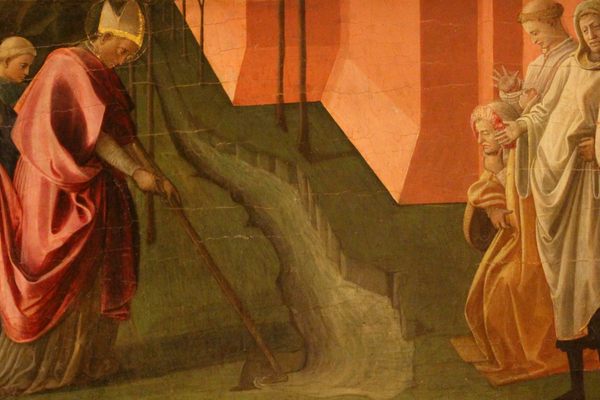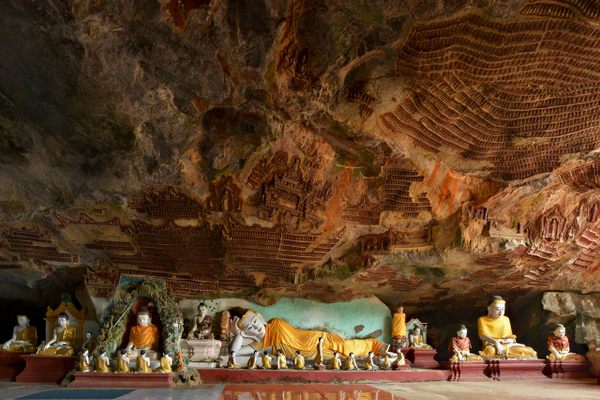Found: The Original Walls of the Cave Where Jesus Was Buried
The walls, enclosed in a marble structure, were thought to have fallen long ago.

Inside the Church of the Holy Sepulcher, there’s a large rotunda, with stories of arches flying high. At the center sits a small, freestanding structure called the Edicule, which contains the slab where Jesus is believed to have been laid to rest. For the first time in almost two centuries, the marble Edicule is being restored, and in the process scientists have found what they believe could be the walls of the cave where the Resurrection is supposed to have taken place, as National Geographic reports.
The Church of the Holy Sepulcher is itself an astonishing structure, first built in the 4th century and renovated, rebuilt and restored many, many times over the centuries since. It’s been more than 460 years since the last time the burial shelf in the original cave was uncovered. The marble Edicule that surrounds the shelf was built in 1810, after a fire damaged the previous structure. In 1927, the “little house” was damaged during an earthquake and for the past seven decades it has been propped up by metal girders.
In March, the different religious orders that control the church agreed to renovate the Edicule. As part of the preparation, radar tests showed that there could still be “hidden layers” behind the marble walls, the AP reports. When scientists moved the marble slab off the burial shelf, they discovered a layer of debris and another marble slab, grey, with a cross etched into it, that could date back to the 1100s. Bennett said that was a “whitish layer,” National Geographic says—and there may still be more beyond that.
Behind the marble walls of the small building, they also found walls of the original cave. These walls were thought to have long since collapsed or disintegrated behind the marble walls, but they are still standing six feet high.
All this work has had to happen in a very short window: the overseers of the church gave the scientists just 60 hours to work on the inner sanctum. Already they’ve discovered materials no one thought was there, and the restored Edicule will allow visitors a glimpse—they’re leaving a window cut into the marble slab of the wall to show the original cave walls.





















Follow us on Twitter to get the latest on the world's hidden wonders.
Like us on Facebook to get the latest on the world's hidden wonders.
Follow us on Twitter Like us on Facebook